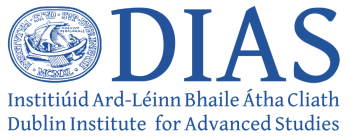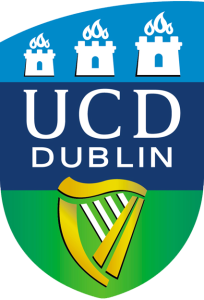Michelle Galvin Exploration Geoscientist

Name?
Michelle Galvin
Job Title?:
Exploration Geoscientist
What are your main tasks / responsibilities?
I work in the quantitative inversion team and our job is to produce datasets that help identify, with higher confidence, the location and extent of hydrocarbon-bearing reservoirs. We use seismic volumes and well-logs to constrain inversion algorithms, which are used to generate the datasets that geological interpreters use to identify and characterise reservoirs.
How do you use mathematics within your job?
We adopt algorithms to apply to the seismic data to improve signal-to-noise ratios and rock-physics mathematical models to calibrate the seismic response, so we can extract the physical properties of the rocks i.e. do they contain hydrocarbons, how hard/soft are they. My job requires that I understand the algorithms and models, their limitations and possible exploitable properties. No two data sets are the same so the parameters will differ for each algorithm and data set.
What type of mathematics for you use to solve problems?
I deal with a lot of graphs and cross-plots. The latter are three dimensional plots which can be used to get a clearer picture of the complex world of rock physics. Rocks are not simple and there are many variables, these plots are useful in understanding how the variables are interdependent. The algorithms I use to extract physical properties from recorded information range from simple time-to-depth conversions, velocity = distance/time, to solving the wave equation in 3D.
What aspects of the mathematics curriculum or mathematics courses have proven most useful to you?
Trigonometry is incredibly powerful and very important when dealing with recorded data over grids of thousands of square kilometers, recording with multiple streamers to create 3D volumes, through rocks that are not laid flat or homogeneous in their reflectivity properties.
It is also incredibly useful to be comfortable with graphs, how to understand the information they provide as these are used to gauge how changes in one input variable will affect the other input variables. Seismic volumes are recorded as 2-,3-,4- and 5-D volumes so being familiar and comfortable with geometry is also incredibly useful.
What is your education to date?
I have a BSc in Physics and a PhD in Experimental Physics.
What advice would you give to someone considering your job?
An MSc in geophysics would be incredibly useful to first determine if this is the right field of work/study for you. This job involves a lot of computer work, not necessarily field work as you would find in a geological role. You must like working with a team and be highly organised.
What do you find most interesting in your job and what do you find are the main challenges?
I love the challenge of the diversity of the data I work with and the associated challenges of adopting and optimising both the selection and the application of the algorithms I then use to extract as much information as I can, in as timely and efficiently a manner as possible.
The main challenge is the fundamental issue of the complexity of rocks, the practical and physical limitations of acquiring data with high enough resolution to give a clear picture of the subsurface means that we have to push the data and the algorithms we use to their limit.





